Rheaply landed in Charleston, South Carolina in January 2025 with a mission: help HBO sustainably decommission The Righteous Gemstones’ (“Gemstones”) four seasons and six years’ worth of assets. This included over a million pounds of set materials housed within 180,000 square feet of warehouse space.
The goal? Maximize reuse, amplify donations, and leave the local community better than they found it.
With a robust sustainable production program already in place, HBO saw an opportunity to finish what they started with the same level of awareness. This involved bringing in Rheaply, experts in decommissioning, to make sure every item with reuse or donation potential found a new home. What couldn’t be reused was responsibly recycled, keeping as much as possible out of landfill. In the end, HBO succeeded with an overall diversion rate of 85% (98.5% excluding IP).
Total weight decommissioned
Overall diversion rate
Diversion rate, excluding IP
Reused via donations
Reused via sales
Recycled

“I am so proud of what our film crew accomplished throughout the 6 years and 4 seasons of The Righteous Gemstones in Charleston and the state of South Carolina, both on screen and behind the scenes. Our economic impact was sizable. Rheaply helped us accomplish a final farewell gift to the community by facilitating our contributions to over 80 nonprofits and small businesses in the local area.
Rheaply was able to provide knowledge and experience to our group of filmmakers by utilizing their large network of partners and a logistics team that worked on the ground beside us. Without their help we would not have been able to avoid materials being disposed in landfill as successfully as we did. It is so satisfying to read the impact stories from the nonprofits, and knowing that so much of our wardrobe and set dressing is continuing to service the community.
Thank you to both HBO and Rheaply for supporting and implementing this approach to the deadstrike of a series. I truly believe this should be the blueprint we use for future projects.”
J. David Brightbill, Producer, The Righteous Gemstones
Divine Redistribution: The Gemstones Give Back
Throughout the four seasons, the Gemstones production made good on HBO’s promise to leave the communities where they filmed better than when they started, and HBO extended this promise through the deadstrike, too.
At series end, Rheaply stepped in to matchmake Gemstone’s materials with community needs by:
- Contacting 450+ organizations to gauge interest in receiving set items
- Securing agreements with 80 nonprofits and small businesses to redistribute production materials
- Finding opportunities to rehome materials with other in-house HBO projects
- Tapping into a nationwide network to reuse as much as possible
Combined, these recipients rehomed nearly 480,000 pounds of materials (41% of the total decommissioned weight) totaling more than 83,000 items. And the kicker? This effort, achieved a total donation value of $2.65 million reinvested directly into local communities, production crew networks, and beyond.
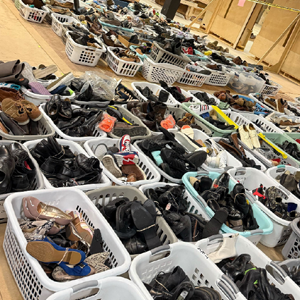
Lil' nugget of truth
An impressive 4,105 pairs of shoes went to 27 different organizations through this project. In fact, one-third of all donation recipients received shoes!
Lil' nugget of truth
An impressive 4,105 pairs of shoes went to 27 different organizations through this project. In fact, one-third of all donation recipients received shoes!
Some top reuse categories by value:

Clothing

Shoes

Decor

Kitchenwares
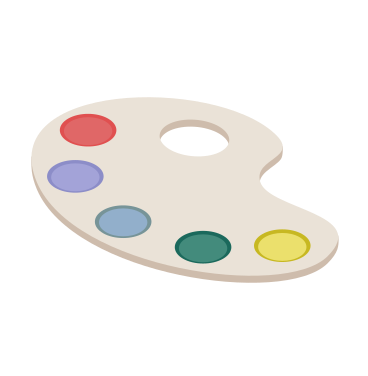
Arts & Hobbies

Jewelry
Recipients were overfilled with gratitude for the impact these donations made toward their missions. In a post-event survey, the word “thank” appeared 40 times, “grateful” and “gratitude” 34 times, “blessing” nine times, “once in a lifetime” four, and one person even called this a “godsend.”
Holy Problems!
With such quantity to give, when supply exceeded local demand, Rheaply leaned on its national network and crew referrals to ultimately find homes for materials outside of South Carolina. This ranged from haunted houses – yes, plural! – in New England to wildfire relief efforts in Los Angeles.

Valued donated to nonprofits and businesses in SC

Value of sets donated to haunted houses in NH and MA

Value of PPE donated to California for LA wildfire relief
IP Doesn’t Have to Mean RIP
Whenever possible, Rheaply worked with the Gemstones crew to creatively remove branded IP from high-value items so they could be donated instead of destroyed. One standout example was a heavily branded, well-maintained bus that crew gave a fresh coat of paint to cover the logos, which was then filled with sporting goods before being donated to Offseason Youth Sports, a local nonprofit serving low-income kids.
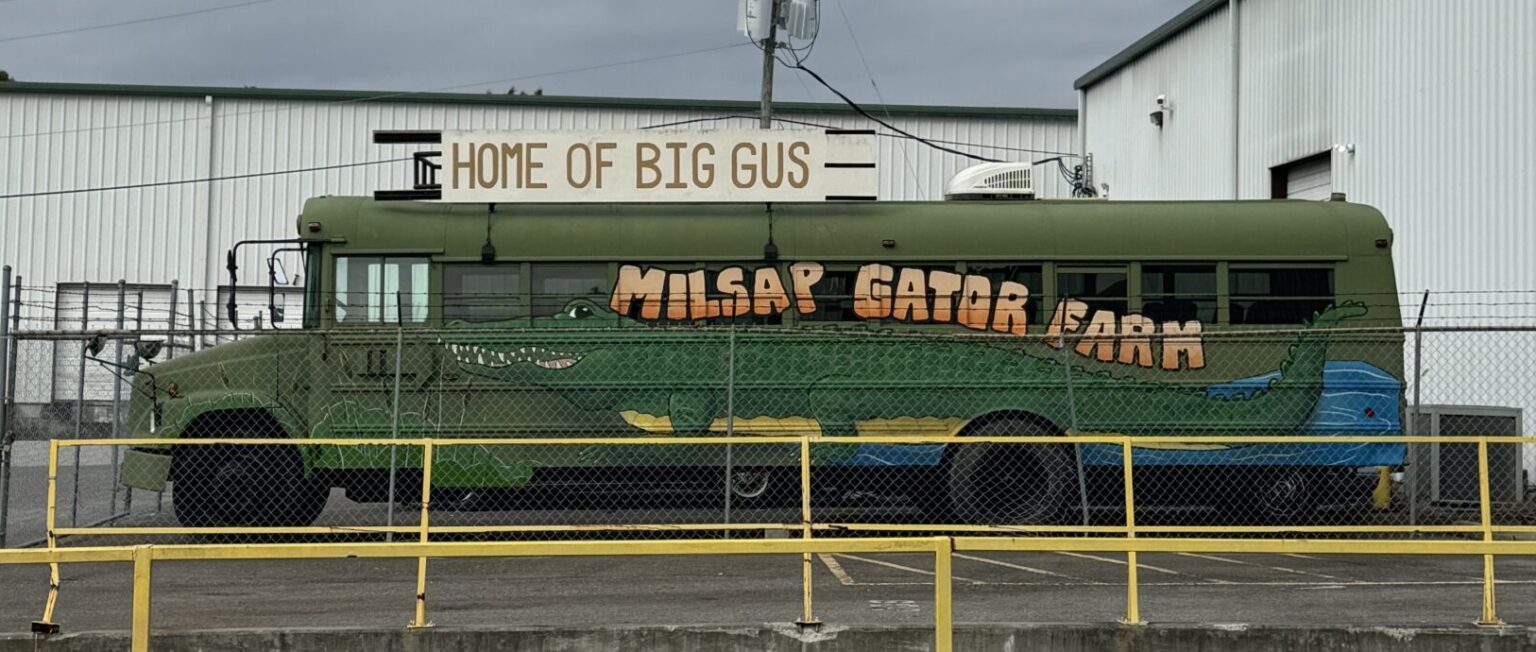
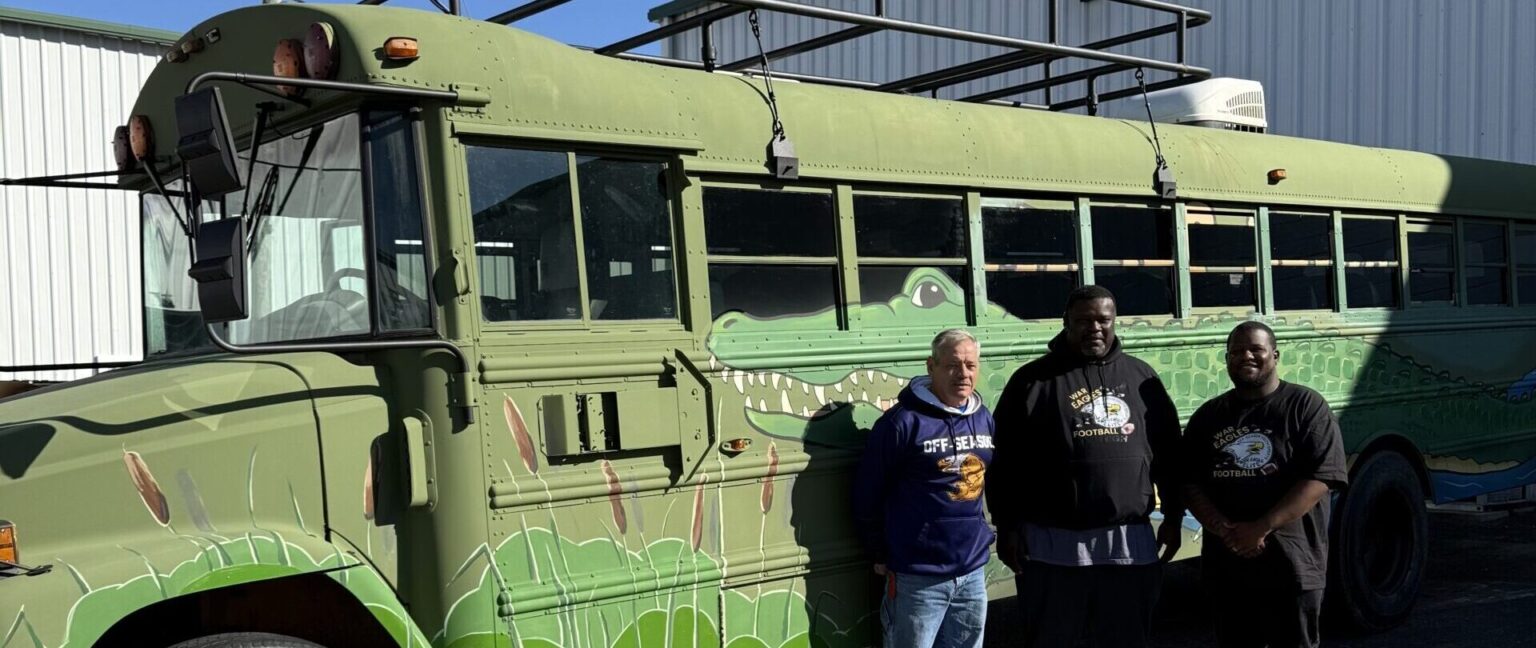
After Donations Were Said and Done
Not everything from the Gemstones set made it into donations, so the next line of defense against the landfill embraced creative recycling solutions. This approach kept 482,000 pounds of materials (44% of the total weight) out of the trash. Over 200 tons of wood from the set got shredded into wood chips and mulch, and more than 55,000 pounds of metal found new life through local recycling.
Still, a small fraction of the total decommissioned weight needed disposal because some items contained toxic materials, mixed materials, or branded intellectual property (IP) that required destruction.
Cutting Carbon, Not Corners
When nearly 500,000 pounds of wardrobe, lumber, props, and production gear are kept in use, not sent to landfill, the climate impact is tangible. This project avoided an estimated 555 metric tons of embodied carbon (CO2e) by redirecting materials back into circulation instead of manufacturing new ones. That’s like skipping 1.4 million miles of car travel or planting 9,200 trees and letting them grow for a decade. On average, every kilogram of reused material avoided 1.1 kg of CO2e.
555 MTCO2E
Embodied carbon avoided
1.1 CO2E/kg
Embodied carbon intensity
That's like driving a car over 1.4 million miles!*
Transportation is often seen as a weak point in reuse strategies, but here we quantified it carefully. Using GHG Protocol freight standards, we modeled every delivery and compared the transport emissions to the embodied carbon savings from avoided new manufacturing. Transportation emissions were minimal – just 0.5% of the total embodied carbon savings. Even in the most transport-intensive scenario, the carbon savings from reuse were ten times greater than the transportation emissions.
Carbon impact was calculated using category-specific LCA data from WAP Sustainability, combined with AI-powered modeling to ensure accurate, project-specific estimates. The methodology was built for transparency and repeatability, grounded in real-world material categories and vetted carbon factors.
So, How Did It All Transpire?
Rheaply led the decommission from end to end, ensuring everything was removed from the designated warehouses on time, responsibly, and with maximum community benefit. Rheaply prioritized clean, complete data through AI-powered valuations, routine audits, and photo documentation, bringing rigor and transparency to every decision.
Rheaply's Process, Step by Step
Took ownership after crew-handoff of all production items to enable fast, flexible decisions while HBO retained control of leased spaces
Collaborated with the show crew from day one to dismantle stages, sort materials, and flag branded items for special handling
Hosted a crew sale and brought nonprofits, small businesses, and production companies onsite to handpick donation items for reuse
Coordinated 70+ pickups and 58 deliveries across 80 organizations
Managed all recycling, IP destruction, and waste hauling with efficiency and compliance
Provided labor and trucking to transport remaining items and restore every space to lease-ready condition
Wrapped the entire project ahead of schedule, delivering carbon, financial and distribution data back to HBO
The Future is Bright
What started with Rheaply and HBO in Charleston could set a new standard everywhere. While many productions strive to strike sustainably, Rheaply’s services extend the amount of time and energy that is able to be dedicated to detailed decommissioning, allowing for maximum resource recovery and an amplified impact.
Timing matters
While this three-month project was a huge success, supplementing the production’s efforts during production and having more lead time at series wrap may have allowed for more donations, branded IP solutions, and additional creative reuse opportunities.
With future collaborations, Rheaply will aim to be part of the process earlier and then implement what worked with this strike.
Ready to lead the way?
The more productions that follow HBO’s bold example, the more good we can do together within the industry and for the communities that support it.
Let’s Build Your Impact Story—Together
How Does Rheaply Calculate Donation Value?
On the Rheaply platform, “replacement cost” refers to the current cost of replacing an item with a brand-new equivalent. Rheaply uses this replacement cost metric to calculate total donation value.
Replacement cost can be generated in two ways:
- User-Generated: Users input a replacement cost manually, especially when they have access to procurement data or institutional knowledge about the item’s typical market value.
- Rheaply’s AI Suggestions: When users don’t know pricing information, Rheaply can estimate the replacement cost referencing catalog listings, historical procurement records, and similar items within the platform’s dataset to deliver an intelligent, context-aware, and conservative estimate.
By leveraging these dual inputs (human expertise and machine intelligence), Rheaply ensures that replacement cost is flexible and credible across categories and industries.
About HBO Green
HBO Green is the sustainable production program to which all directly produced HBO-scripted shows adhere. Created to reduce the environmental impacts of physical production and increase opportunities in content to improve our climate-impacted world, the program focuses on six categories: fuel reduction, clean energy use, material circularity, waste management, community engagement and on-screen presence. Learn more about HBO Green’s impressive and impactful work on key productions beyond The Righteous Gemstones:
About Rheaply
Rheaply is a climate tech and services company on a mission to bring circularity to every business. Founded in Chicago in 2016, Rheaply’s re-commerce platform combines inventory management and digital marketplaces with sustainability solutions so that organizations can keep valuable products and materials in use, reduce costs and waste, and reach their sustainability goals. Through sharing, reusing, repurposing, selling, or donating, Rheaply’s ecosystem creates pathways into the circular economy so that every resource can find its best next use.


 by Courtney Newman
by Courtney Newman 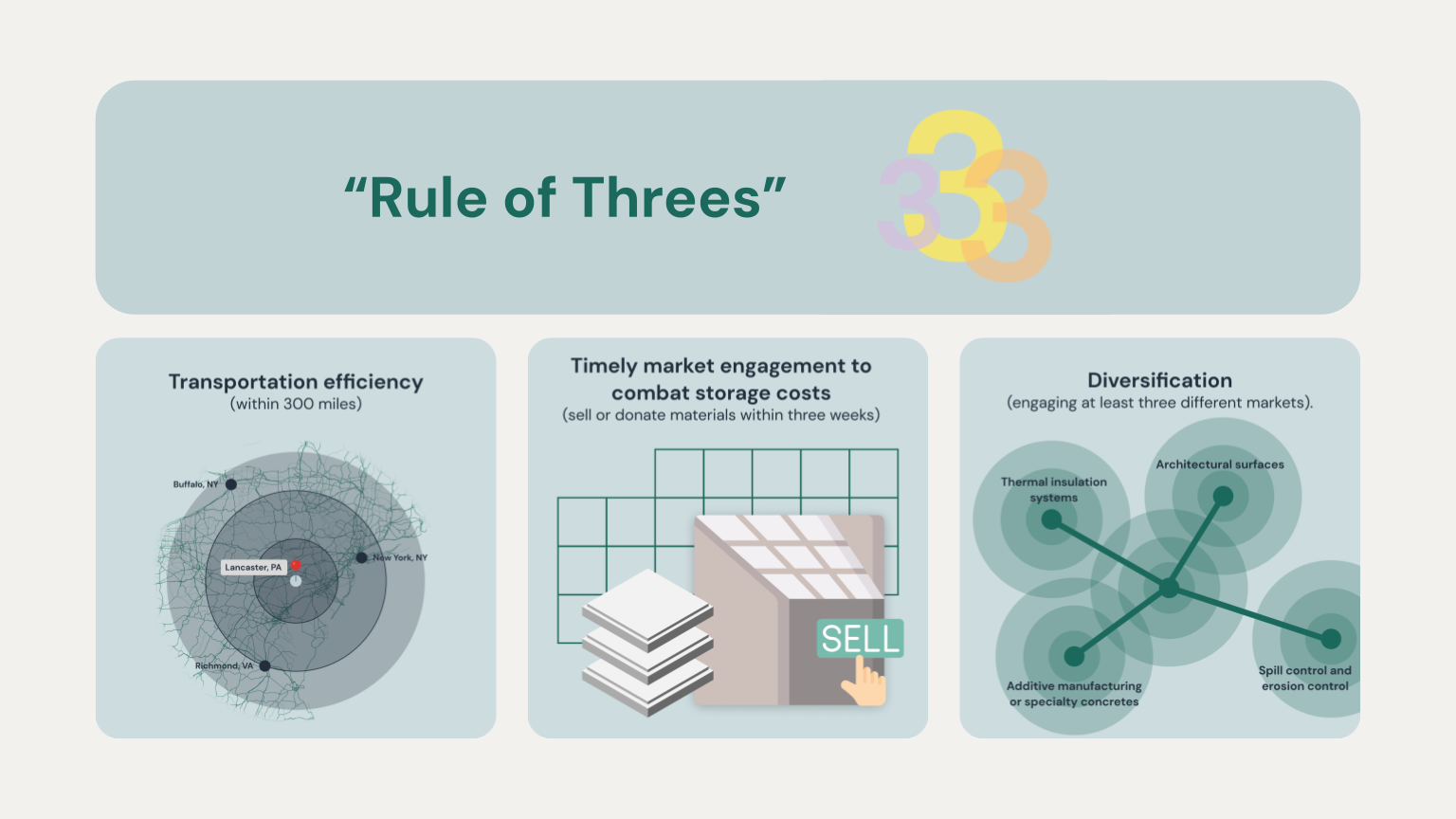
 by Jenn Kloc
by Jenn Kloc 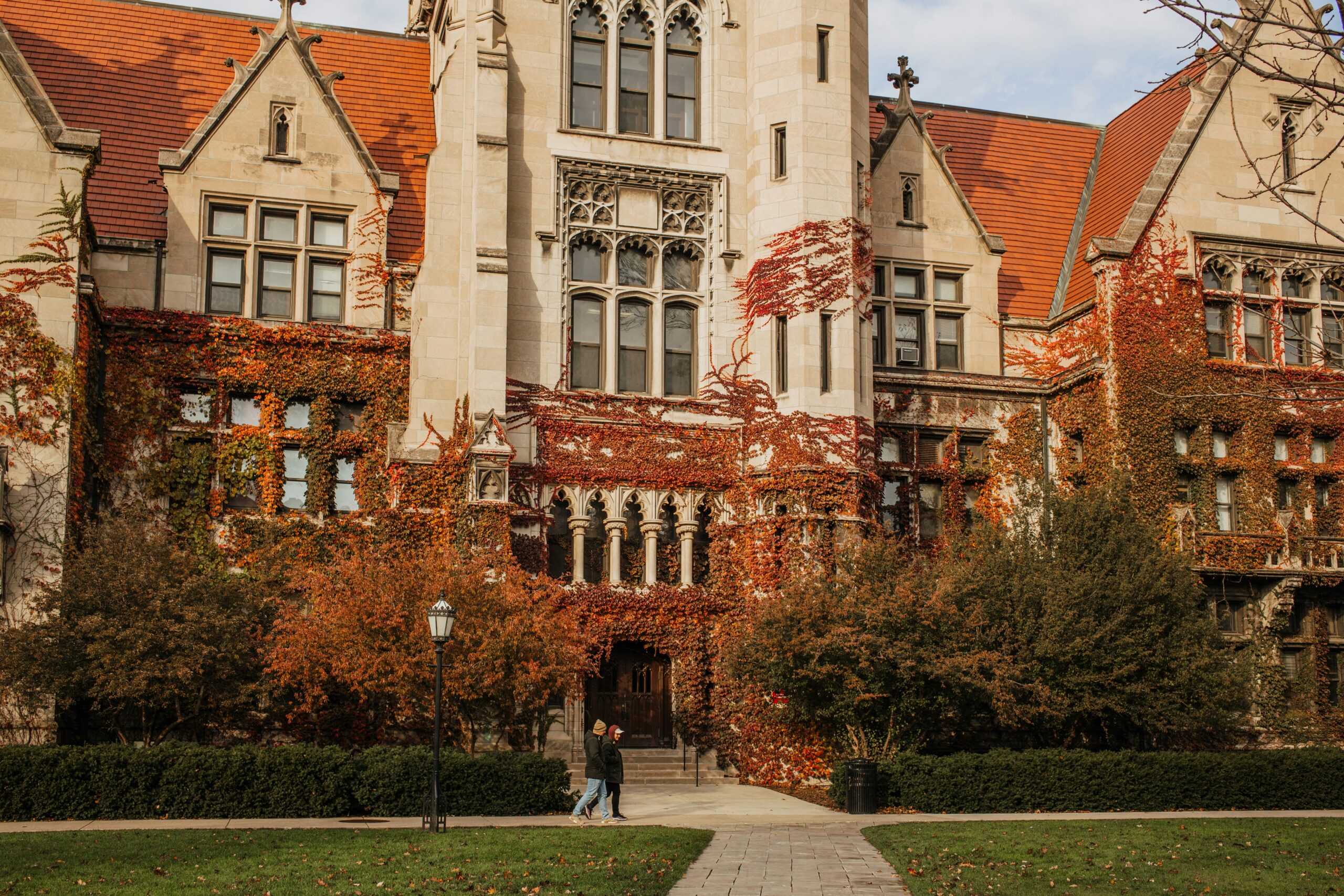
 by Derek Doeing
by Derek Doeing